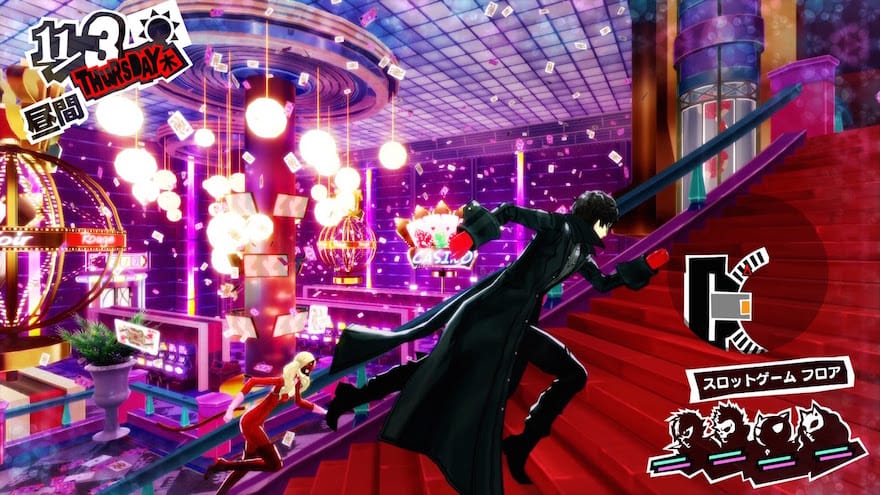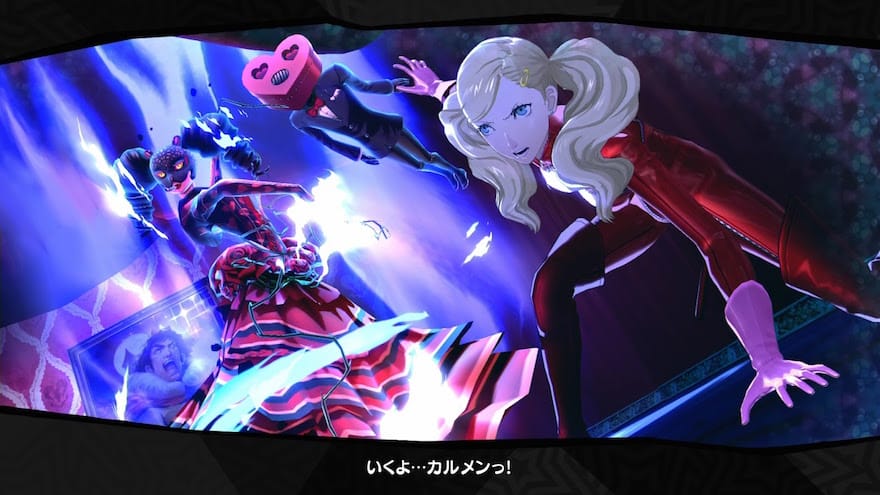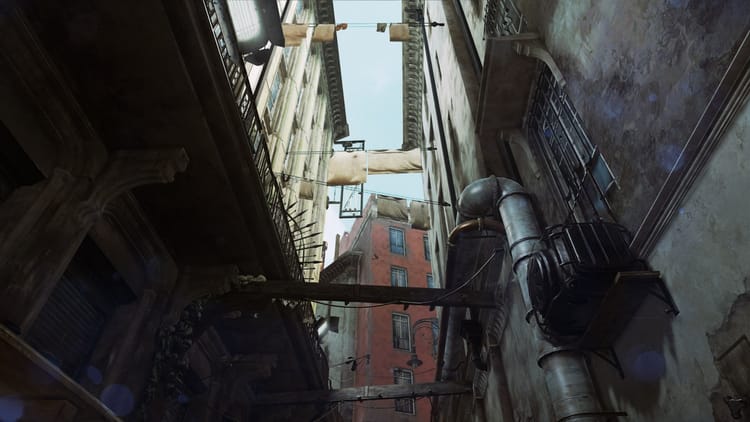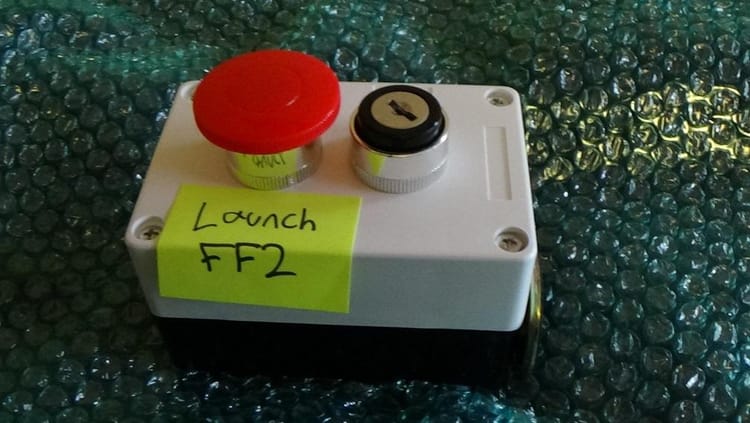The creator of Persona on life, Japanese culture, and the unconscious

This article is part of a collaboration with iQ by Intel.
In the crowded world of Japanese role-playing games (JRPGs), the critically acclaimed Persona series has stood out for a decade and counting. Defying conventions established by other popular franchises like Final Fantasy, the series forgoes the usual swords and sorcery for something closer to home. Using subtle surrealism instead, Persona layers its more fantastical elements with social commentary. Players venture into a strange, shadowy world hidden behind their television screens, where enemies are a unique blend of the psychological and supernatural.
“The Persona series addresses problems that people hold deep in their hearts,” said Katsura Hashino, the series’ director since Persona 3 (2006). “They’re not just playing the game as a form of escapism.” Hashino calls his games meditations on the “true self,” and the repercussions that come with suppressing it. Psychology pioneer Carl Jung considered the “persona” to be a mask of character traits worn to conform to societal rules, with one’s true self-being the wearer of that mask. By combining pop culture with academic theories like Jung’s collective unconscious, Hashino’s games ask players to face their most ancient fears and desires in a modern context.

“The core of the series is the ‘back’ side, the alternate world, the shadow of human society,” said Hashino. “The protagonists live a normal life in the real world, or the ‘front’ side, and enter an alternate world for a supernatural experience. This alternate world, however, is not a ‘world separate from the normal world’ that you find in other fantasy RPG titles.” According to Hashino, these alternate worlds serve as “an imaginative tool to express the problems that lurk within our society—weaknesses that people unconsciously possess that inhibit their individuation.” Their “honest selves,” which the game calls “Shadows,” can only be found in the alternate worlds and ignoring them can have real and dangerous consequences.
In Persona 4 (2008), a mysterious force on the elusive Midnight Channel murders people. At first, no one understands why, but according to Hashino, the Midnight Channel “reflects the human tendency to believe what one wants to believe, be it [in] themselves or someone else.” Meanwhile, “The Dark Hour in Persona 3 is a phenomenon caused by people forgetting to face and accept the eventual inevitability of death.” The Dark Hour and the Midnight Channel allow these repressed feelings to manifest as literal beasts. Defeating them often involves coming to terms with what they represent and affords each character newfound powers.
the mundane and supernatural worlds run parallel to one another
JRPGs that address real-world experiences like this are few and far between, with titles like Earthbound (1994) and The World Ends With You (2007) as rare exceptions. But under Hashino’s direction, the Persona series became more connected to everyday life, often grounding the surrealism in a typical Japanese school setting.
“For both good and bad reasons, I think that the school-life experience deeply affects many Japanese people in their daily lives,” Hashino said, speaking to the power of a shared cultural phenomenon. “Since everyone has experienced this, they [also experienced needing] to compare themselves with others,” said Hashino, “and, at times, had to suppress their own identity, learning to take hints so they don’t stand out or [get] ostracized from the crowd.” In Hashino’s games, the mundane and supernatural worlds run parallel to one another. The brightly colored scenes in the school contrast the scenes in the shadow world, mimicking the “front” and “back” side of human psychology. “The vibrant, everyday life becomes the Persona series’ persona, beckoning players to escape into a fun-filled experience of adolescence. But sooner or later, they’ll experience the dark shadow aspect of the game hiding beneath that persona, which they’ll feel a strange connection to.”

Every new Persona game hopes to “address a problem that we see in society at that time, especially in Japan where the games take place,” said Hashino. “We simply can’t ignore the current social issues when depicting our characters’ dark, hidden sides, their internal struggles, and the enemies they oppose.”
In the highly anticipated Persona 5, the lines between the real and alternate worlds appear to blur together even more, as reality itself becomes a surrealistic routine. In the upcoming game, a group of five students escape the monotony of everyday life by creating alter egos called the “Phantom Thieves of Hearts.” These masked bandits repeatedly raid a palace built by society’s hopes and dreams, but which has been exploited by shadowy figures of authority. “It’s built upon a distinct mood,” Hashino teased, “the stagnant feeling that can be felt in Japan right now, but our unorthodox heroes will go all out to challenge the status quo. I hope everyone will look forward to and enjoy the experience that only the Persona series can bring you.”



